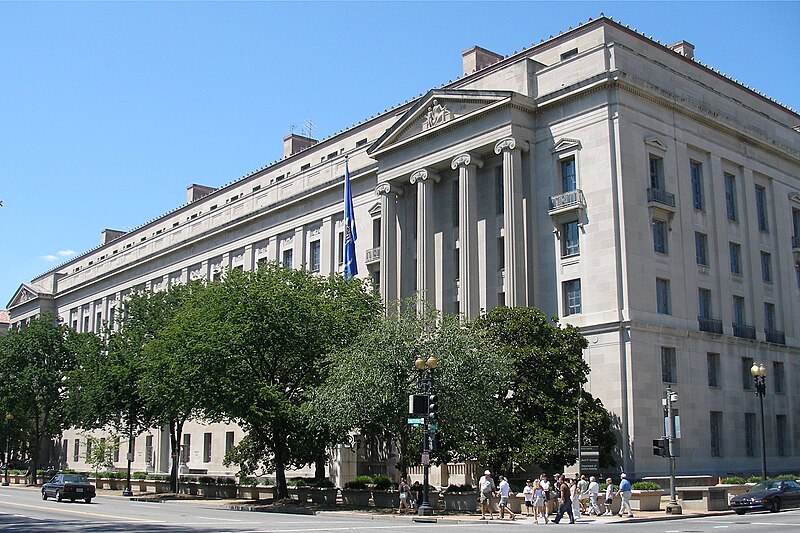 SECURITY
SECURITY
 SECURITY
SECURITY
 SECURITY
SECURITY
The U.S. Department of Justice today announced the creation of a new litigation section that will focus on prosecuting malicious foreign cyber activity.
Called the National Security Cyber Section, or NatSec Cyber for short, the new section was designed in response to the findings in Deputy Attorney General Lisa O. Monaco’s Comprehensive Cyber Review in July of 2022. The review, among other things, made recommendations on tackling the blended threat posed by nation-state cyber actors and transnational criminal groups, such as ransomware attacks and global botnets.
One key aspect of the review was how to apply lessons learned from the Justice Department’s fight against national security threats, including using all available tools in addressing cyberthreats. NatSec Cyber is in direct response, increasing the department’s capacity to disrupt and prosecute nation-state threat actors and various other cybercriminals.
NatSec Cyber is designed to bolster collaboration between key partners, including the Criminal Division’s Computer Crimes and Intellectual Property Section and the Federal Bureau of Investigation’s Cyber Division. The new section will also serve as a resource for prosecutors in the 94 U.S. Attorneys’ offices and 56 FBI field offices across the U.S.
“NatSec Cyber will give us the horsepower and organizational structure we need to carry out key roles of the Department in this arena,” Assistant Attorney General Matthew G. Olsen of the Justice Department’s National Security Division said in a statement. “This new section will allow NSD to increase the scale and speed of disruption campaigns and prosecutions of nation-state threat actors, state-sponsored cybercriminals, associated money launderers and other cyber-enabled threats to national security.”
In a speech today at the Hoover Institution announcing the launch, Olsen warned that hostile nations are accelerating their use of cyber-enabled means to carry out a range of threatening activity. Oslen claimed that, among other things, these countries — which he later named as Russia, China, Iran and North Korea — are stealing sensitive technologies, trade secrets, intellectual property and personally identifiable information, exerting malign influence and exporting repression. He said they’re also holding critical infrastructure at risk to destructive or disruptive attacks.
“Our cyber adversaries are innovative and constantly adjusting their tactics to hide from our investigators and to overcome our network defenders,” Olsen concluded. “NSD is committed to matching our adversaries by adjusting our tactics and organization to bring all of our tools, authorities and expertise to this fight.”
Support our mission to keep content open and free by engaging with theCUBE community. Join theCUBE’s Alumni Trust Network, where technology leaders connect, share intelligence and create opportunities.
Founded by tech visionaries John Furrier and Dave Vellante, SiliconANGLE Media has built a dynamic ecosystem of industry-leading digital media brands that reach 15+ million elite tech professionals. Our new proprietary theCUBE AI Video Cloud is breaking ground in audience interaction, leveraging theCUBEai.com neural network to help technology companies make data-driven decisions and stay at the forefront of industry conversations.